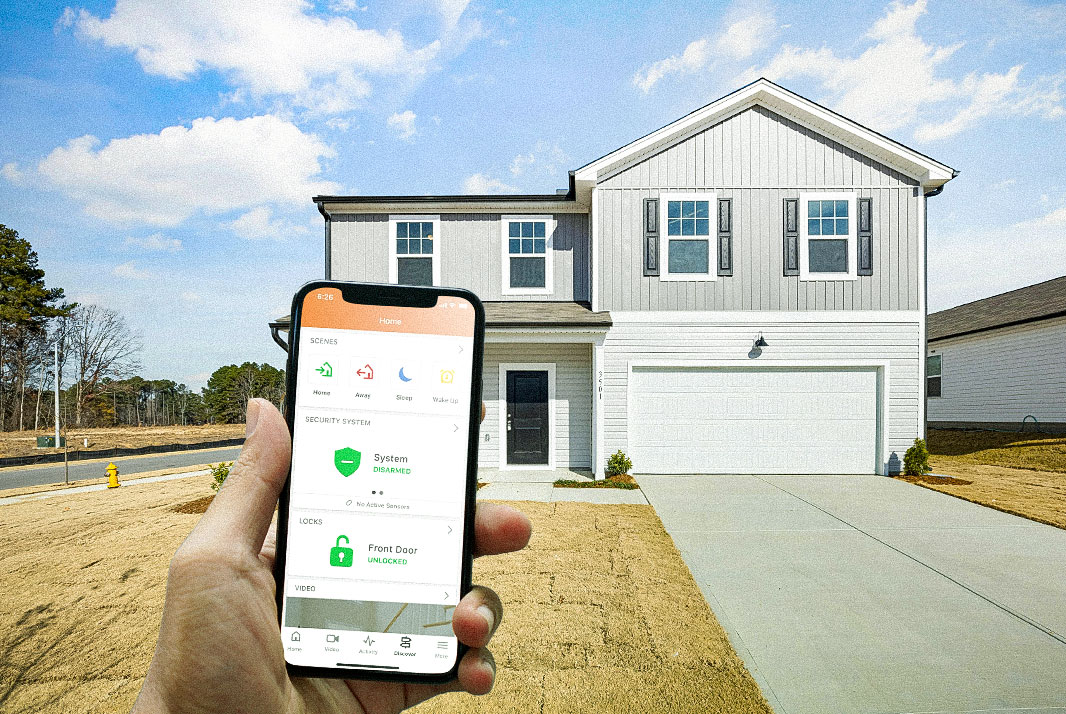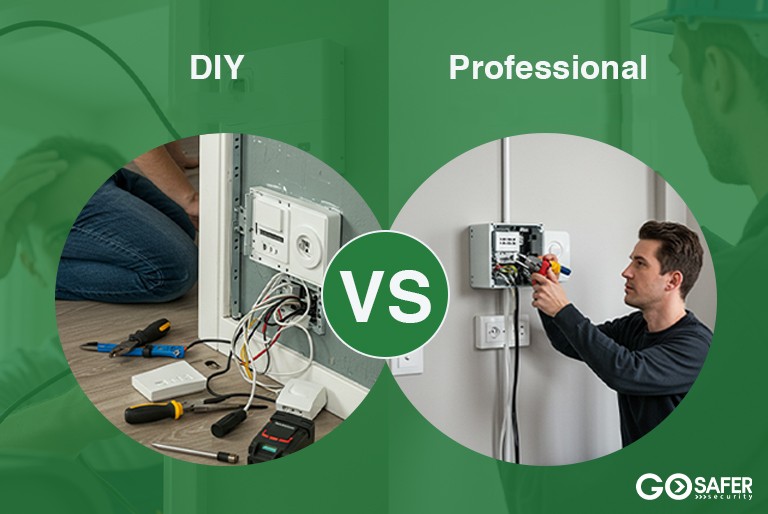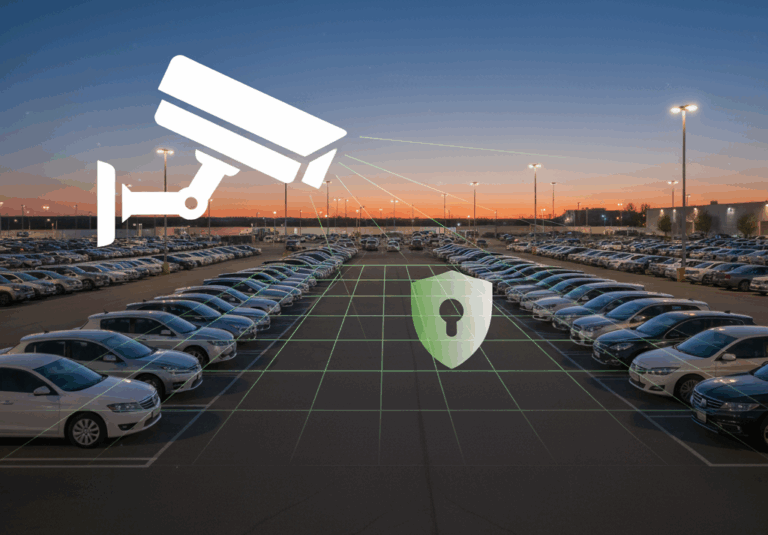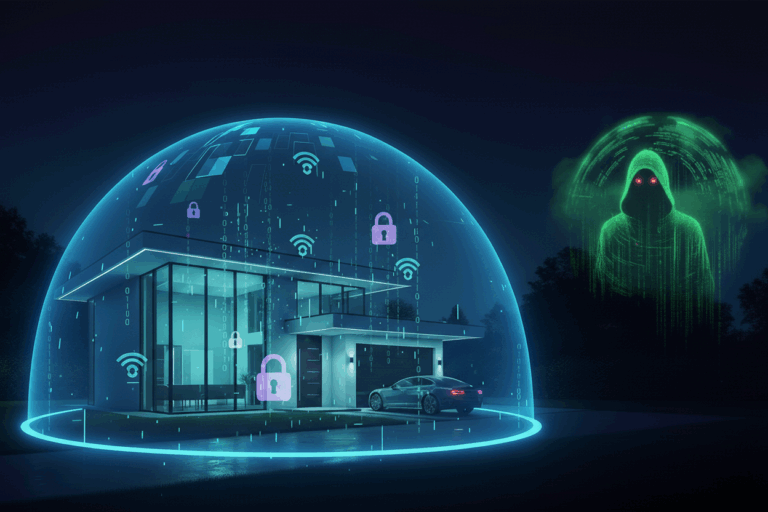In today’s fast-paced world, protecting your home has never been more critical. With advancements in technology, smart security systems for homes offer innovative solutions to keep your property safe. These systems integrate seamlessly with your lifestyle, providing peace of mind whether you’re at home or away. But with so many options on the market, how do you choose the best one for your needs? Here’s a comprehensive guide to help you make an informed decision.
Table of Contents
Toggle1. Identify Your Security Needs
Before diving into specific products, take a moment to evaluate your home’s security needs. Do you live in a neighborhood prone to break-ins? Are you looking for surveillance both indoors and outdoors? Identifying your unique requirements will help narrow down your options and focus on the features that matter most.
2. Look for Mobile App Integration
A standout feature of modern smart security systems is mobile app integration. This feature allows you to monitor and control your system remotely from your smartphone or tablet. Whether you’re at work or on vacation, you can receive real-time alerts, view live camera feeds, and even arm or disarm your system with a few taps on your screen. When evaluating options, choose a system with a user-friendly app and reliable connectivity.
3. Invest in Smart Locks
Smart locks are a game-changer in home security. These devices not only eliminate the need for traditional keys but also offer enhanced control over who enters your home. With smart locks, you can lock and unlock your doors remotely, grant temporary access to guests, and receive notifications when the door is accessed. Look for locks compatible with your smart security system for seamless integration.
4. Evaluate Camera Quality and Coverage
High-quality surveillance cameras are a cornerstone of any smart security system. Ensure the system you choose includes cameras with high-definition resolution, night vision, and wide-angle lenses. Additionally, consider systems that offer cloud storage for video footage or local storage options to suit your preferences.
5. Prioritize Scalability and Compatibility
A good smart security system should grow with your needs. Whether you plan to add more cameras, sensors, or smart locks in the future, ensure the system supports scalability. Compatibility with other smart home devices, such as voice assistants like Amazon Alexa or Google Assistant, can further enhance your home’s automation.
6. Consider Professional Monitoring Services
Many smart security systems offer professional monitoring services for an added layer of protection. With this service, trained personnel monitor your system 24/7 and can dispatch emergency services if necessary. While it may involve a monthly fee, the added peace of mind can be well worth the investment.
7. Compare Pricing and Warranties
Finally, compare the pricing of various smart security systems and evaluate the warranties they offer. While it may be tempting to choose the cheapest option, remember that quality and reliability should be your top priorities. Look for systems with robust customer support and a solid warranty to protect your investment.
Conclusion
Discover the top features of smart security systems, including mobile app controls and smart locks, to protect your home effectively. By identifying your needs and prioritizing features such as mobile app integration, smart locks, and camera quality, you can choose a system that offers maximum security and convenience. Take the time to research and compare options, and you’ll find the perfect smart security system for your home.







